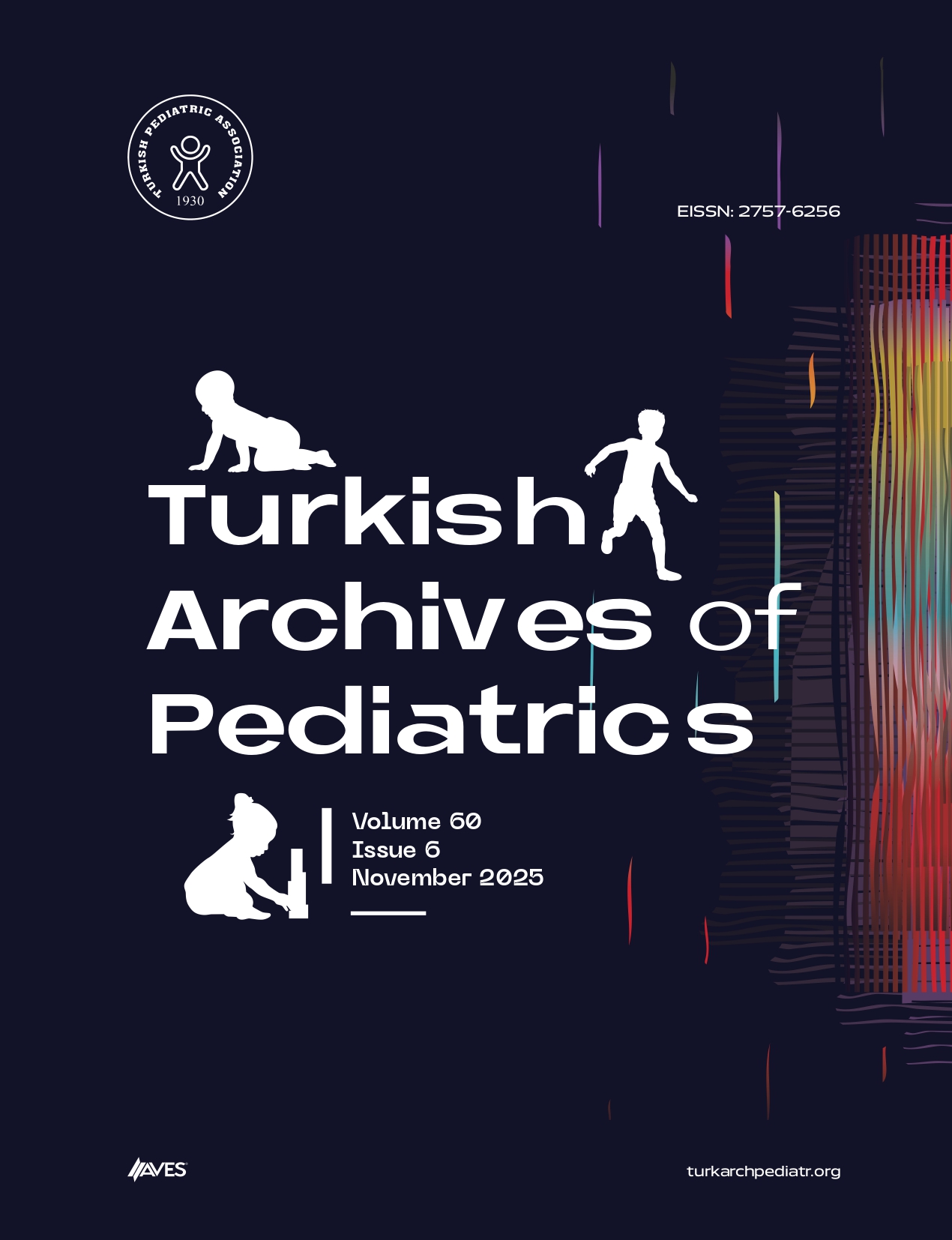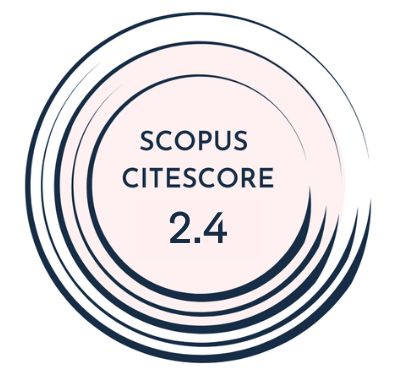Objective: Kawasaki disease (KD) is one of the most common systemic vasculitides and a cause of acquired heart disease in children. The aim was to provide an epidemiological picture of KD with an emphasis on cardiac involvement in Morocco.
Materials and Methods: This is a cross-sectional observational study recruiting patients with KD between January 2019 and December 2023. Diagnosis was based on 2017 American Heart Association criteria under the supervision of an expert. Statistical analysis was carried out using the chi-square, Mann–Whitney U, and Fisher's exact tests.
Results: Sixty-nine patients were admitted; the mean age was 36 months, the sex ratio was 1.6 (male:female), and the mean days to the first consultation was 10.1. Thirty-nine cases met the criteria for complete forms and 30 for incomplete forms. Coronary dilatations and aneurysms were found in 20 and 7 patients respectively, including 3 giant aneurysms. All patients were treated with intravenous immunoglobulin (IVIG) except 1 and acetylsalicylic acid (ASA), and 23.1% received corticosteroids. Fourteen patients (20.3%) were resistant and 4.3% could benefit from a rescue treatment including second IVIG, Anakinra, and corticosteroids. Six predictive factors of coronary involvement were analyzed and were significant for age ≤ 12 months and ≥ 60 months and delay in IVIG infusion of more than 10 days (P= .045/P = .017).
Conclusion: This study demonstrates the importance of raising awareness of KD among primary care physicians, given that a significant proportion of patients were referred from day 10 of fever onward, and paying more attention to extreme ages where coronary involvement is more common.
Cite this article as: Bouayed K, Jalal M, Sakhi A, et al. Kawasaki disease from a single-referral center in Morocco with emphasis on diagnosis delay and treatment onset. Turk Arch Pediatr. 2025;60(4):426-433.



.png)

